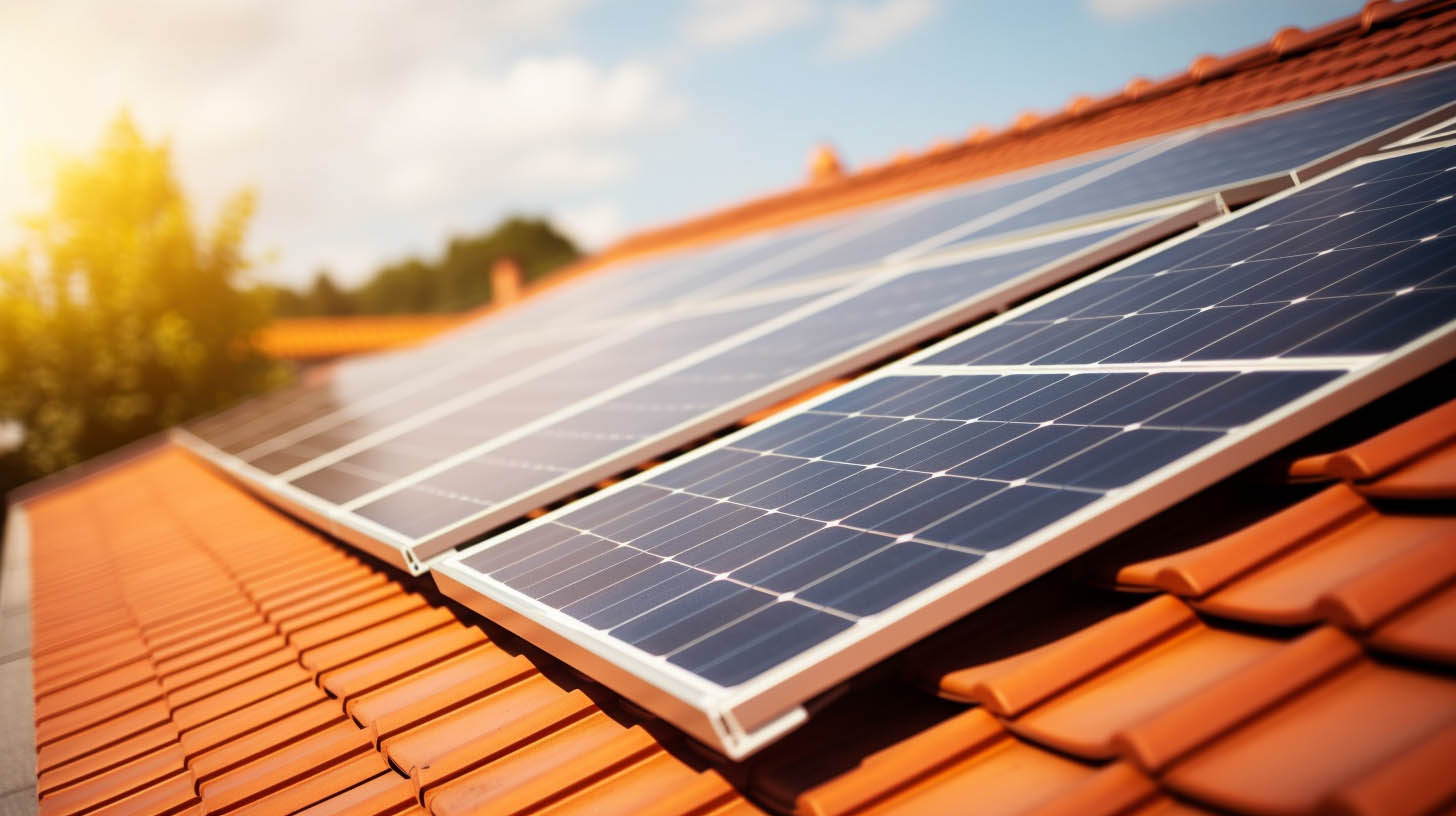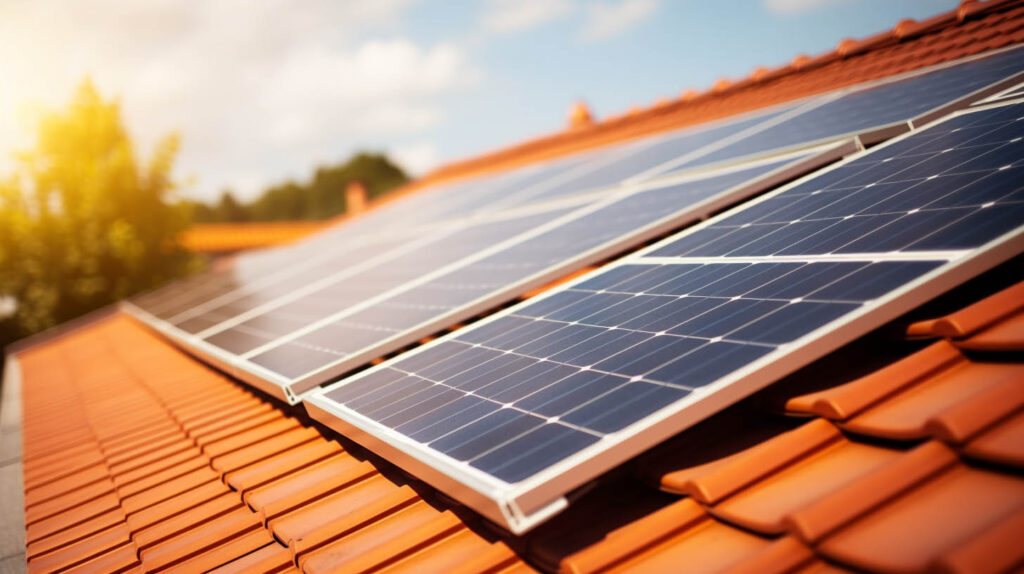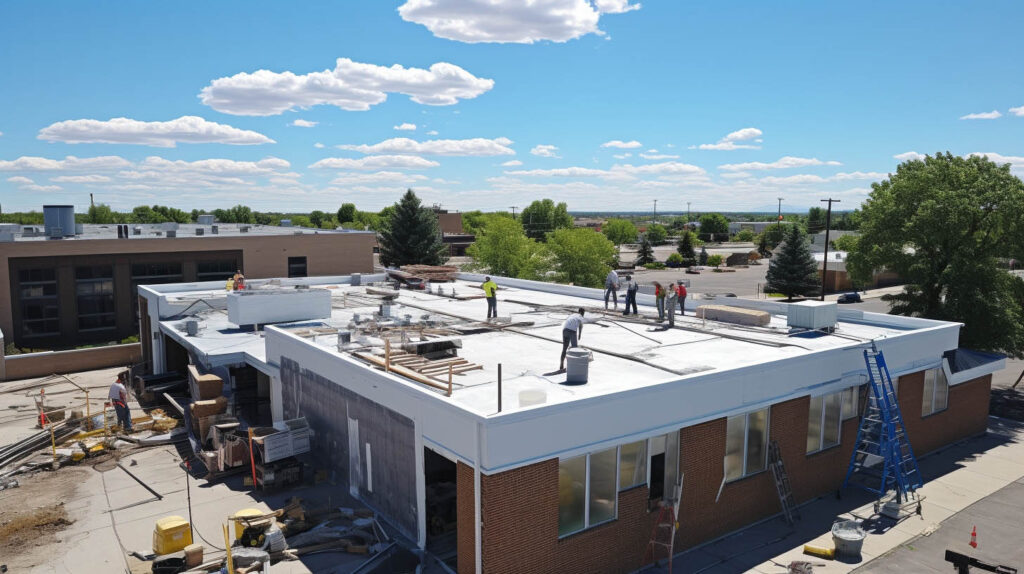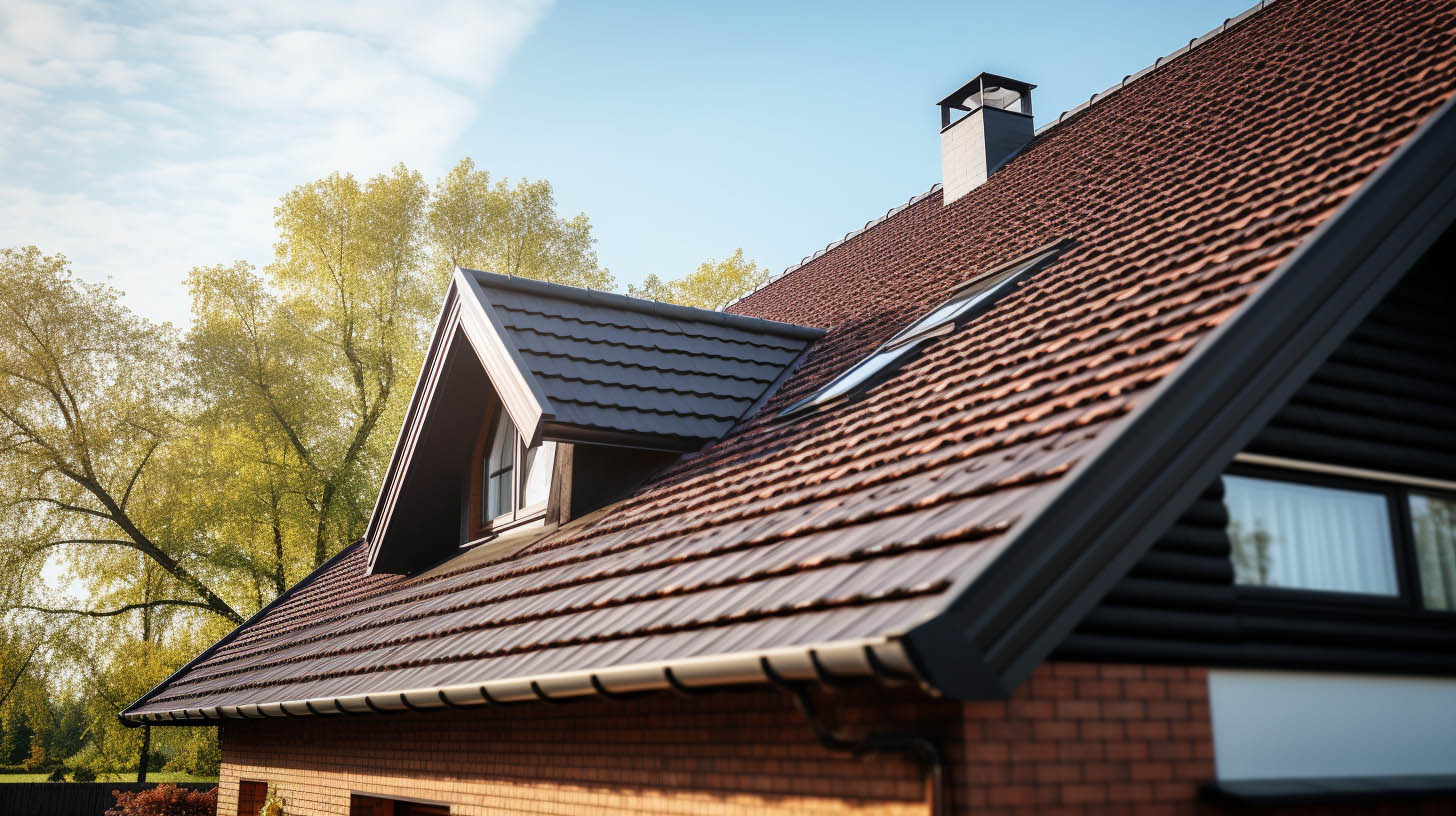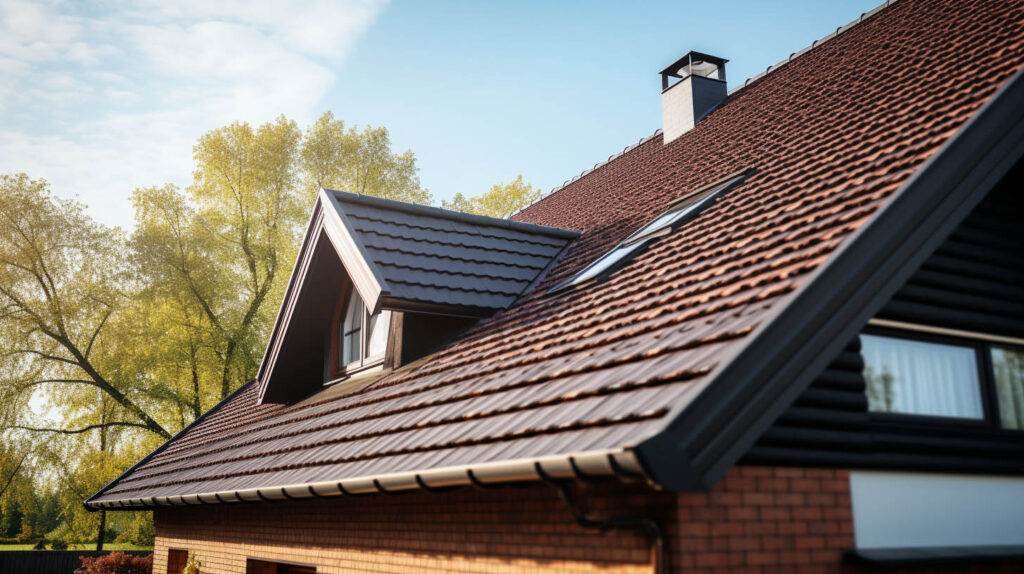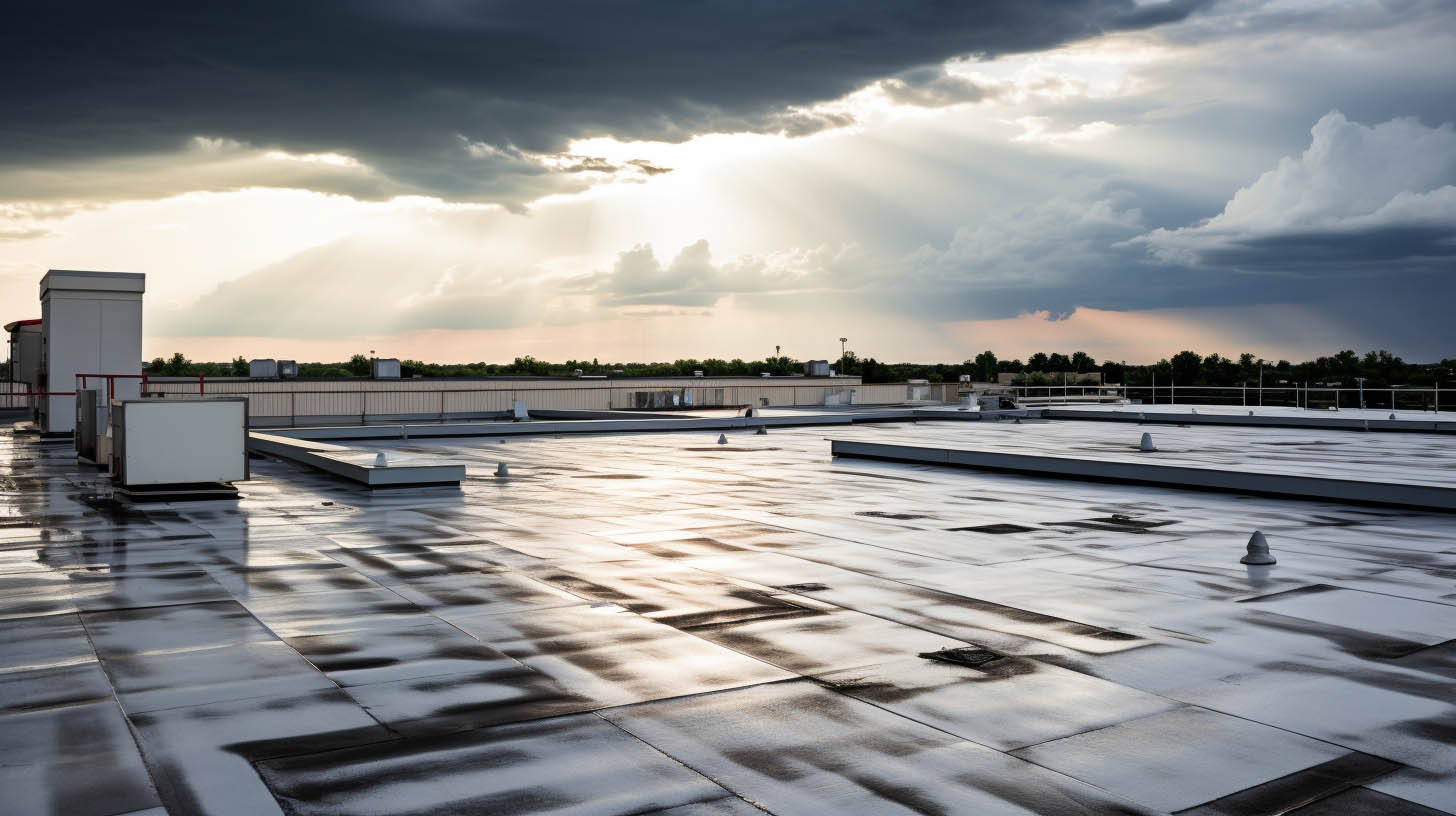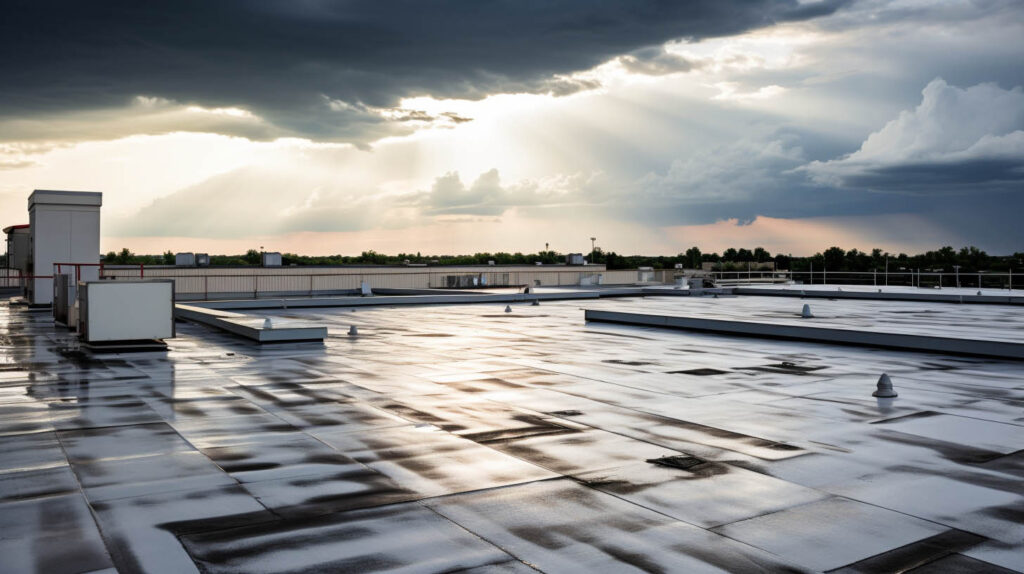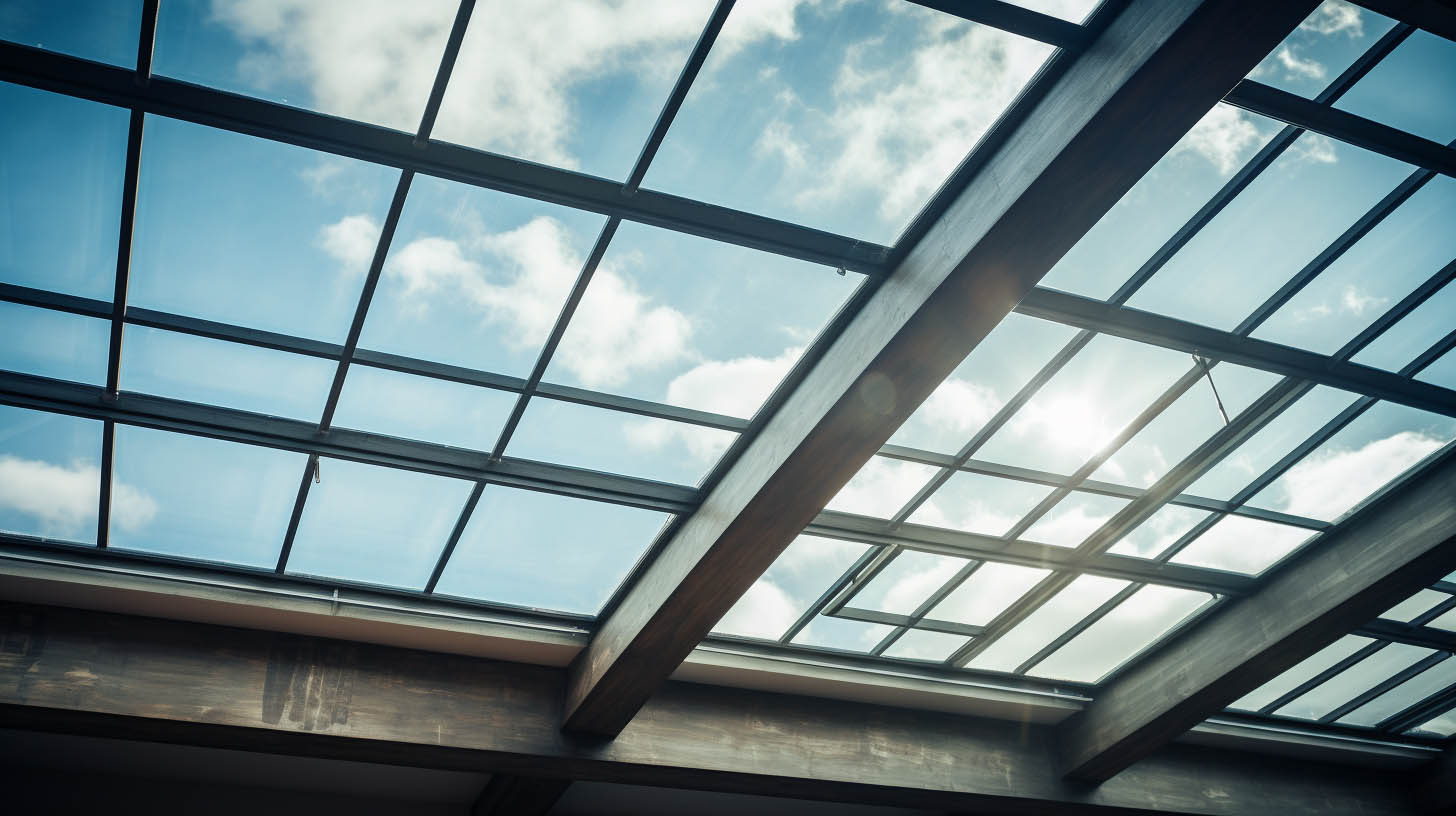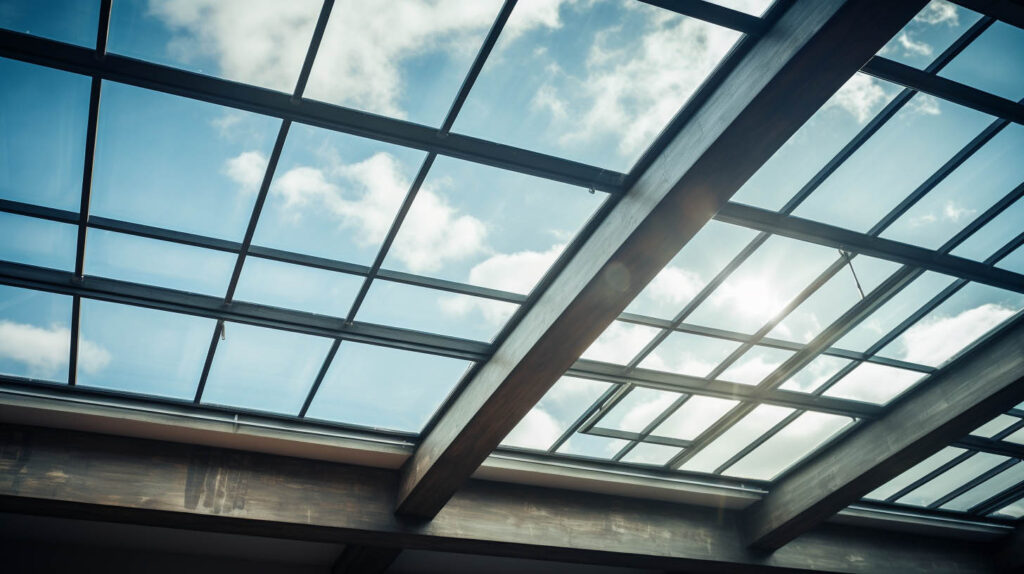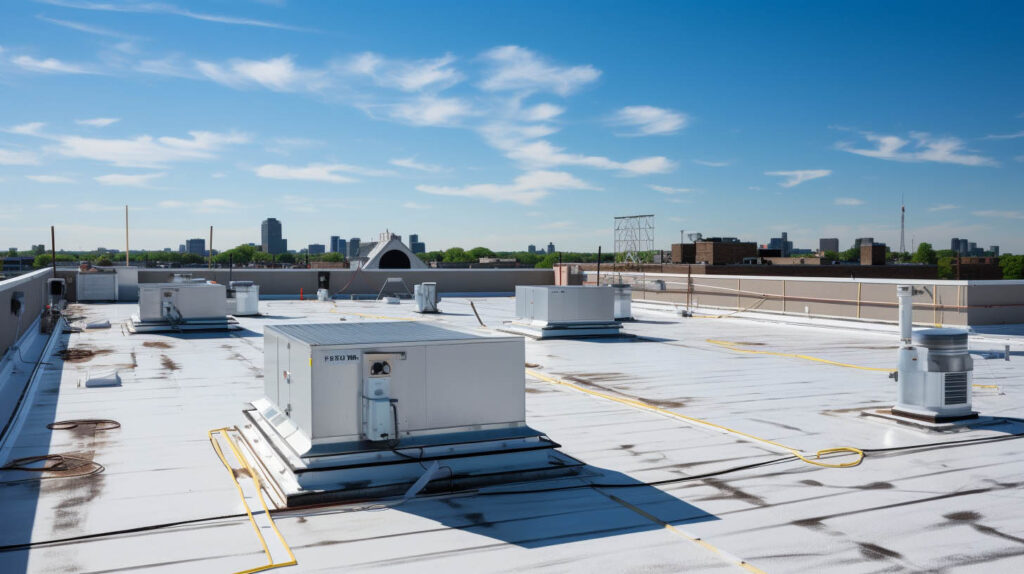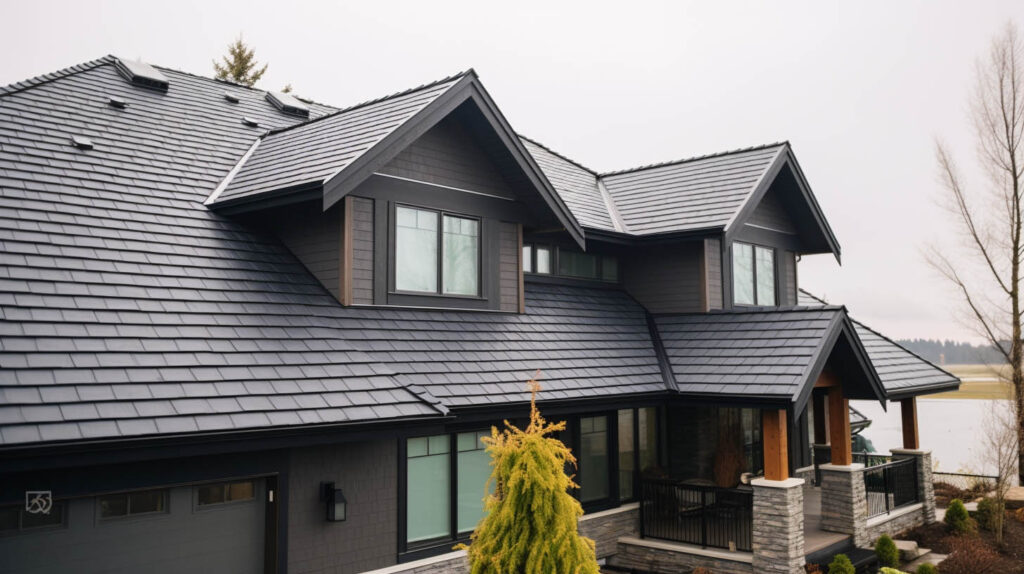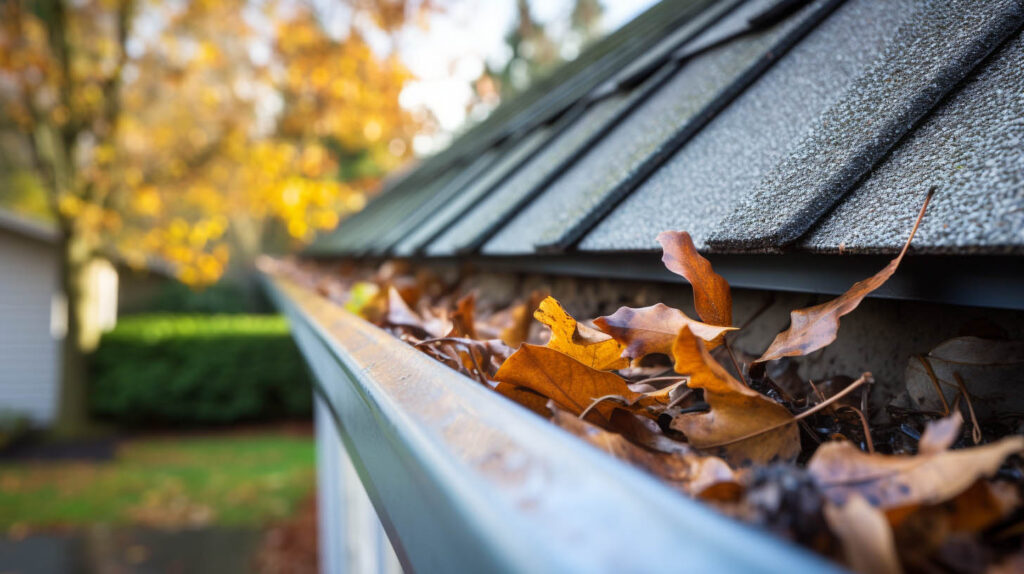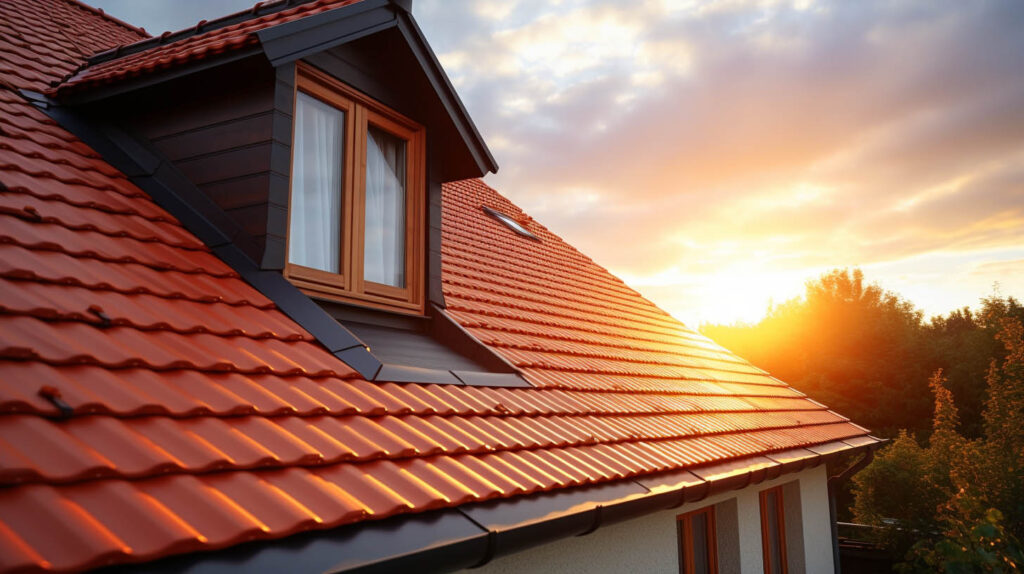When it comes to maintaining the integrity of your home, the roof plays a pivotal role. But what about the gutters? Are they just as crucial, and should they be replaced when you’re getting a new roof? Let’s delve into this topic to provide clarity and guidance.
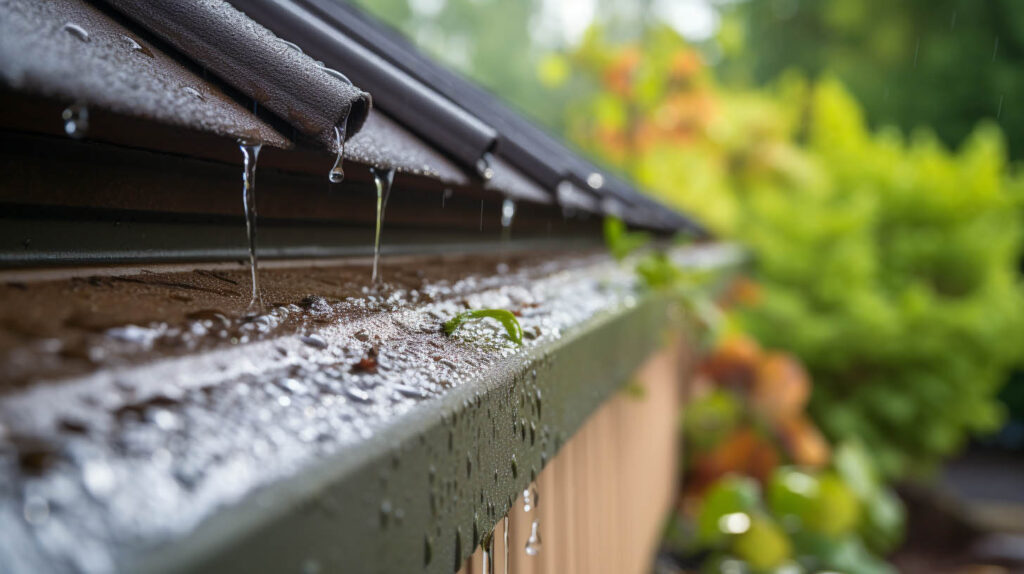
Understanding the Symbiosis: Roof and Gutters
The roof and gutters work in tandem to protect your home from water damage. While the roof shields your home from direct rain, snow, and debris, gutters channel this water away from the foundation. This synergy is essential for the longevity of your home’s structure.
The Right Time for Gutter Replacement
Deciding when to replace gutters is crucial. If your gutters are showing signs of significant wear or damage, coordinating their replacement with your roofing project is wise. This approach ensures that both components are in optimal condition, providing maximum protection for your home.
Assessing Gutter Condition
Before making a decision, a thorough inspection is necessary. Look for rust, cracks, sagging, or detachment from the roofline. These are clear indicators that your gutters may need replacing. Ignoring these signs can lead to more severe issues, such as water damage to your home’s foundation or walls.
Benefits of Simultaneous Replacement
Replacing gutters with your roof offers several advantages:
- Seamless Integration: New gutters can be integrated more effectively with a new roof, ensuring better water management and aesthetic appeal.
- Cost Efficiency: Combining both projects can be more cost-effective, reducing labor and installation time.
- Enhanced Longevity: New gutters complement a new roof, extending the lifespan of both and safeguarding your home against water-related damages.
Choosing the Right Materials
Selecting the appropriate materials for your gutters is as crucial as the decision to replace them. Materials like aluminum, copper, or vinyl offer different benefits in terms of durability, maintenance, and appearance. Consulting with experienced roofing contractors in Los Angeles can provide insights into the best options for your specific needs.
Roof Repair Specialist: Your Partner in Roofing Excellence
At Roof Repair Specialist, we understand the importance of a well-coordinated roofing and gutter system. Our team of skilled professionals ensures that every aspect of your roofing project, including gutters, is handled with utmost precision and care.
Tailored Solutions for Every Home
Every home is unique, and so are its roofing and gutter needs. We provide customized solutions that cater to the specific requirements of your property, ensuring optimal performance and longevity.
Commitment to Quality and Satisfaction
Our dedication to quality and customer satisfaction sets us apart as a leading roofing company in Los Angeles. We use only the highest quality materials and employ the latest techniques to deliver results that exceed expectations.
Final Thoughts
In conclusion, replacing gutters when installing a new roof is a decision that should be made after careful consideration of the condition of your current gutters and the benefits of a simultaneous replacement. With Roof Repair Specialist, you can rest assured that your roofing and gutter needs are in capable hands, ensuring the safety and beauty of your home for years to come.
Remember, a well-maintained roof and gutter system is not just about aesthetics; it’s about protecting your home and ensuring peace of mind. Trust the expertise of a reputable Los Angeles roofing contractor to guide you through this important decision.


